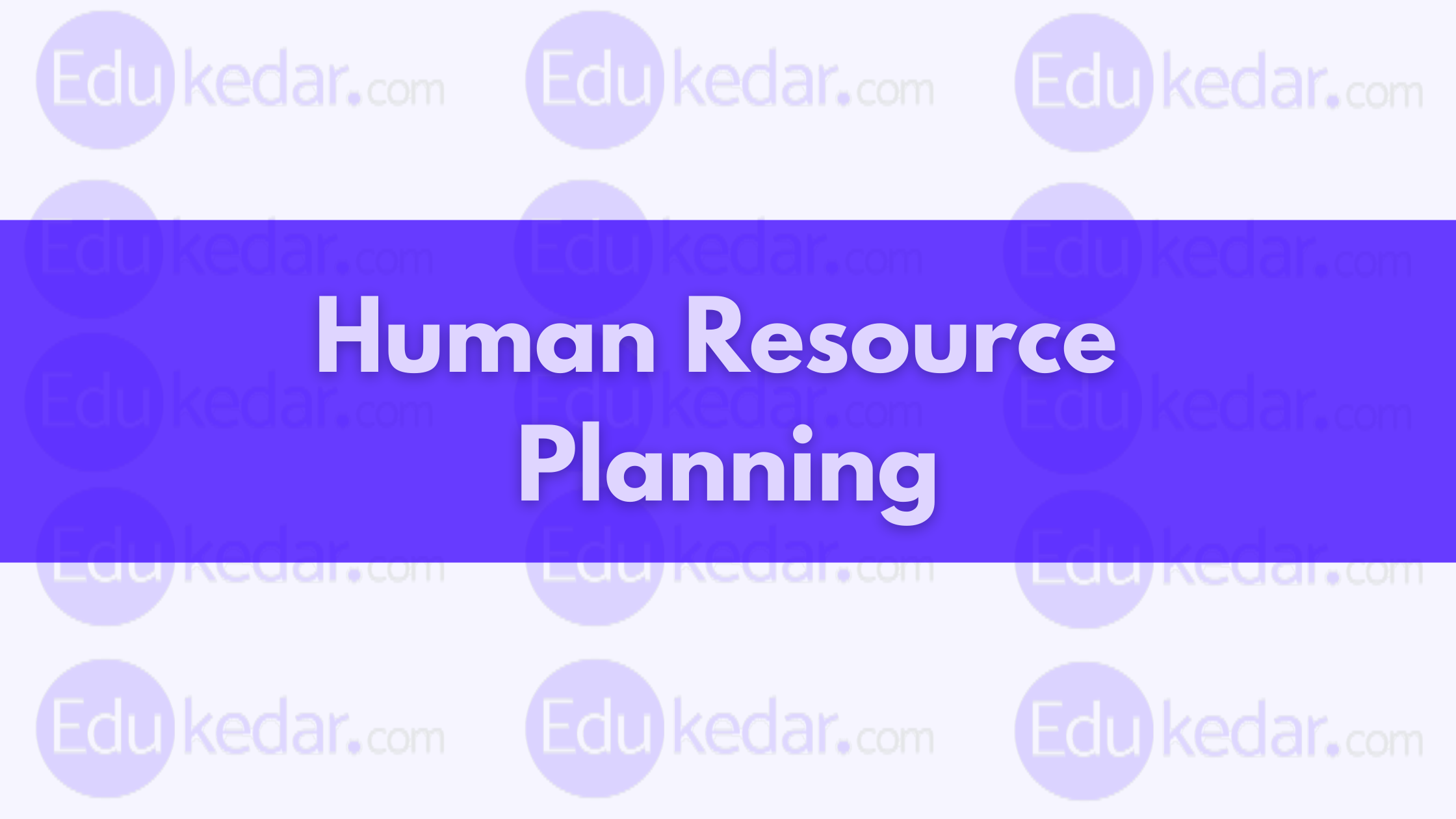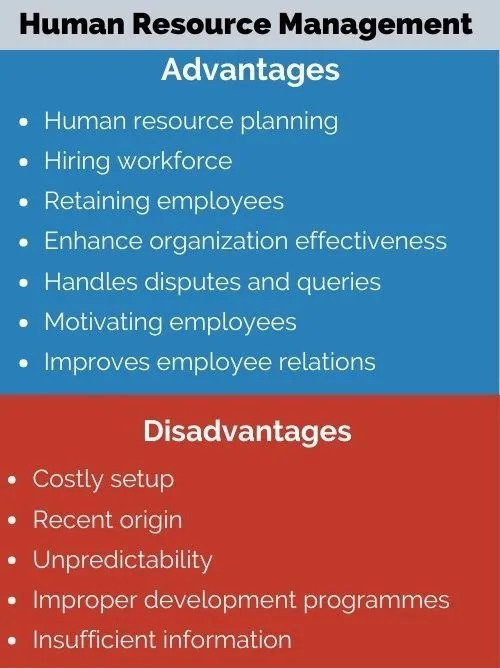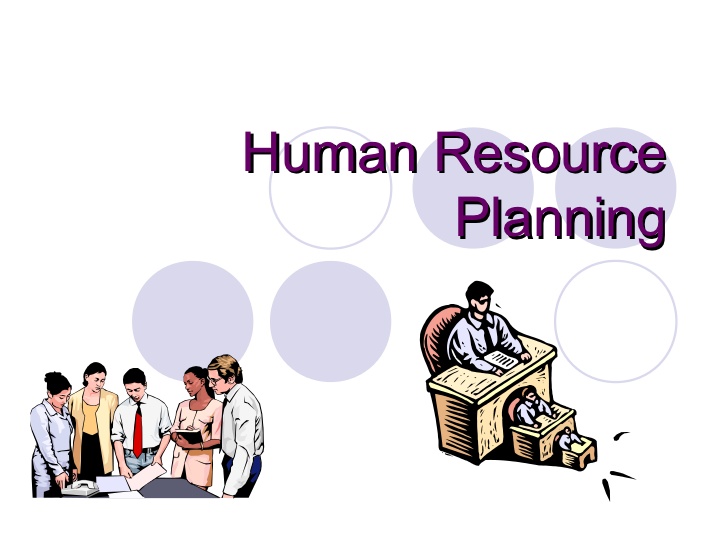Human resource planning (HRP) is the process of forecasting an organization's future workforce needs and determining how to meet those needs. HRP is a crucial function of human resource management that helps organizations align their workforce with their business goals and objectives. There are several advantages of HRP that make it an essential practice for organizations of all sizes.
One of the main advantages of HRP is that it helps organizations plan for the future. By forecasting workforce needs and identifying potential shortages or surpluses, HRP enables organizations to proactively address any potential issues before they arise. This proactive approach helps organizations avoid the negative consequences of not having enough staff, such as decreased productivity and customer satisfaction, as well as the financial costs associated with hiring additional staff at short notice.
Another advantage of HRP is that it helps organizations optimize their workforce. By identifying the skills and competencies that will be needed in the future, HRP enables organizations to align their workforce with their business goals and objectives. This can involve identifying gaps in the current workforce and developing training and development programs to address those gaps, as well as identifying potential candidates for promotion or succession planning.
HRP also helps organizations ensure that they have a diverse and inclusive workforce. By considering diversity and inclusion in the planning process, organizations can ensure that they have a workforce that reflects the communities they serve and that is able to meet the needs of a diverse customer base. This can also help organizations avoid discrimination and diversity-related legal issues.
Finally, HRP can help organizations manage their costs more effectively. By forecasting workforce needs and identifying potential shortages or surpluses, HRP enables organizations to make informed decisions about hiring and staff retention, which can help reduce turnover costs and other employment-related expenses.
In conclusion, HRP is an essential practice for organizations of all sizes. Its advantages, including the ability to plan for the future, optimize the workforce, ensure diversity and inclusion, and manage costs, make it an invaluable tool for human resource management.








